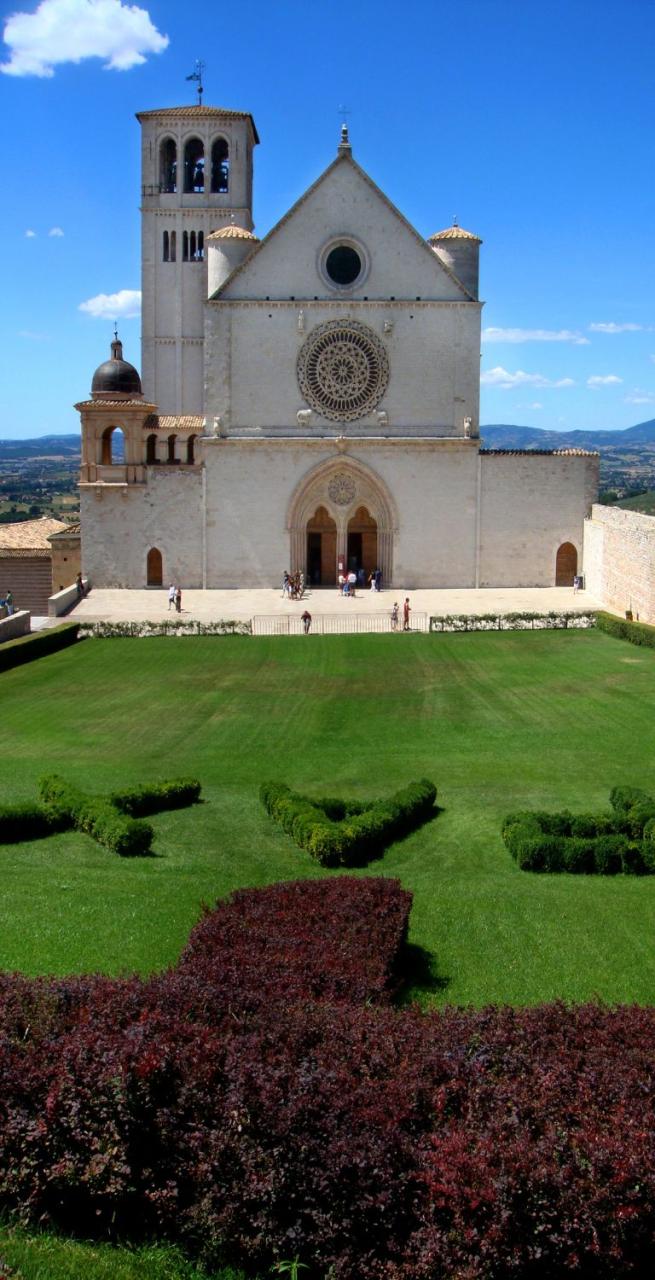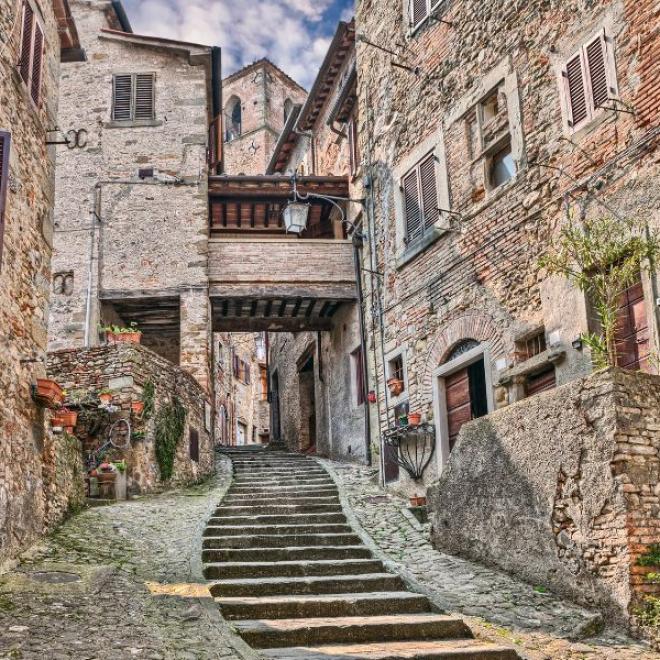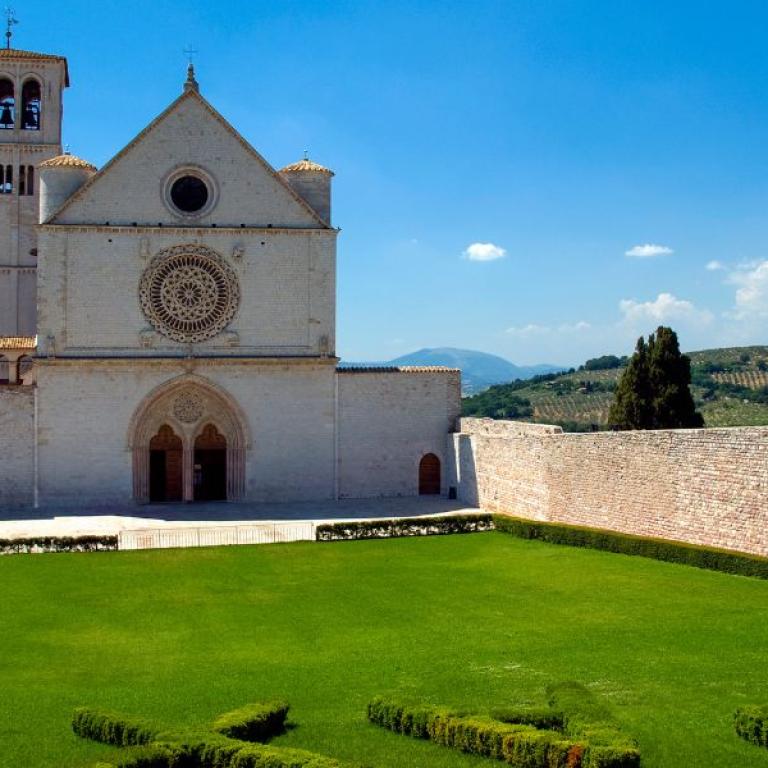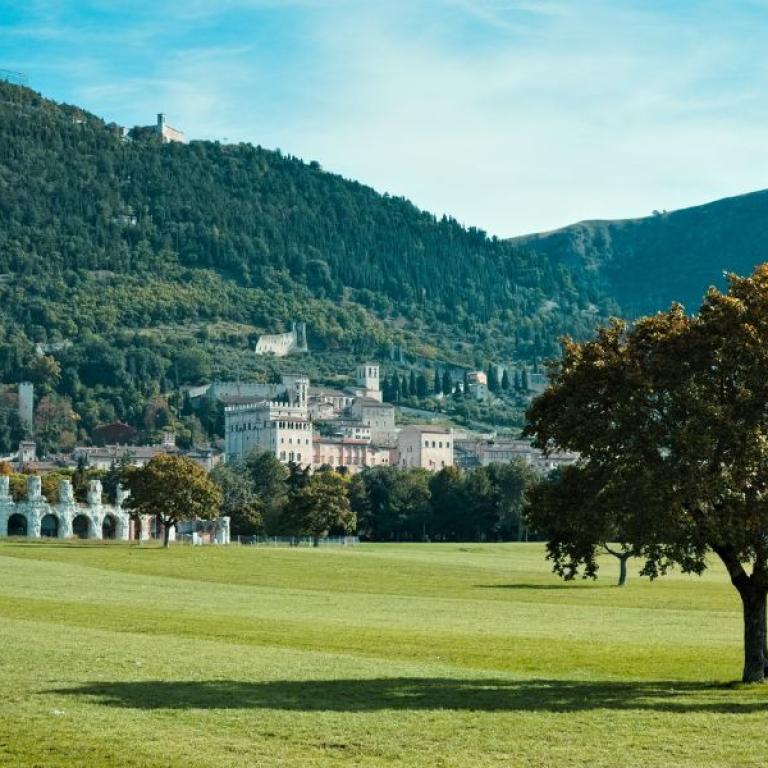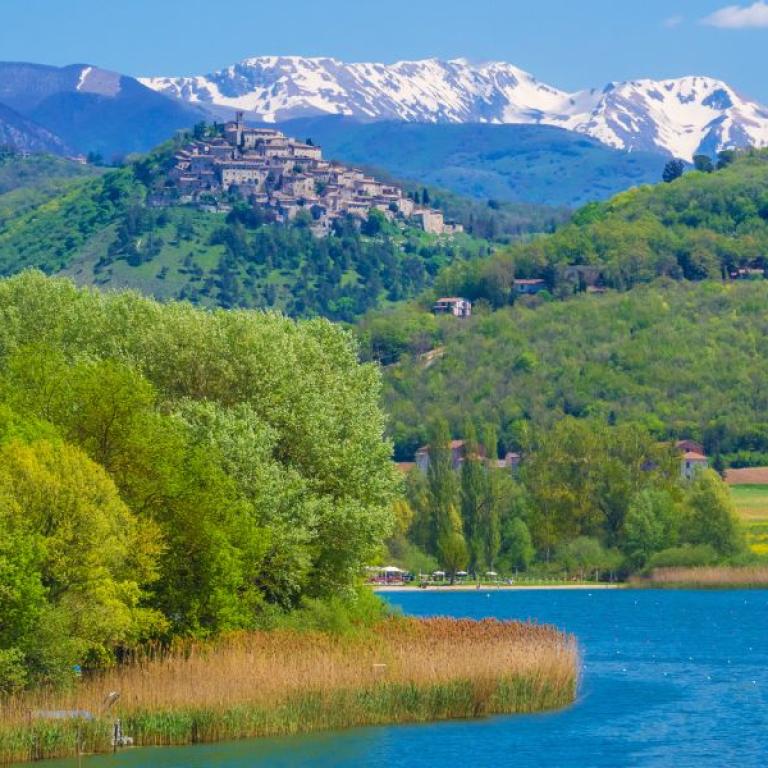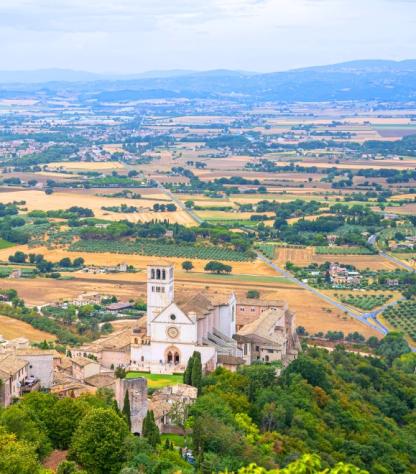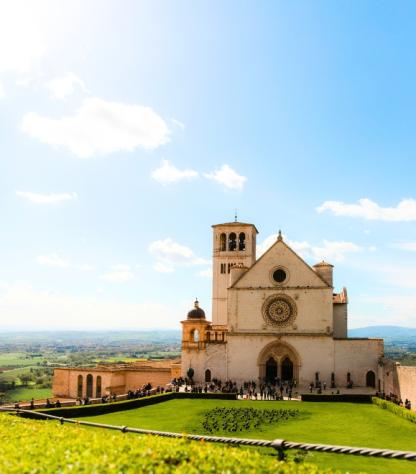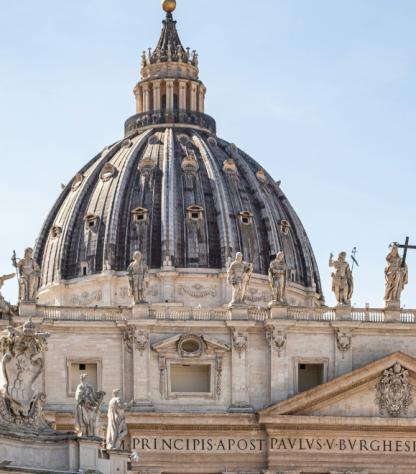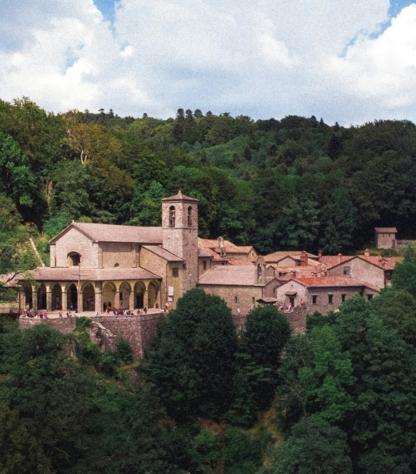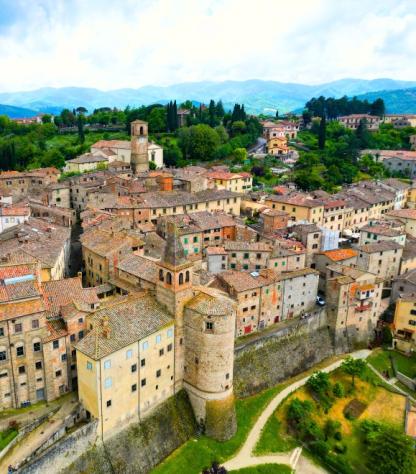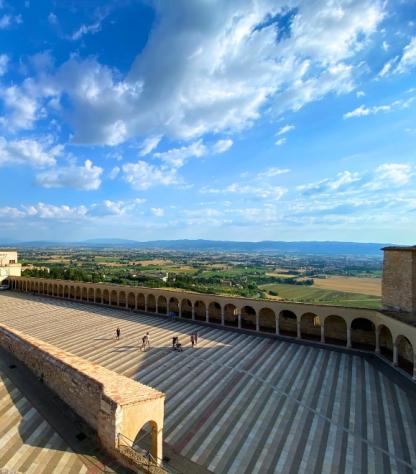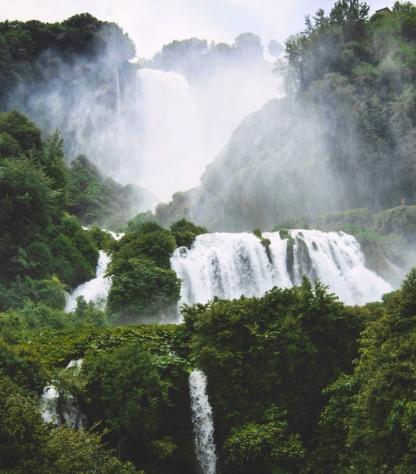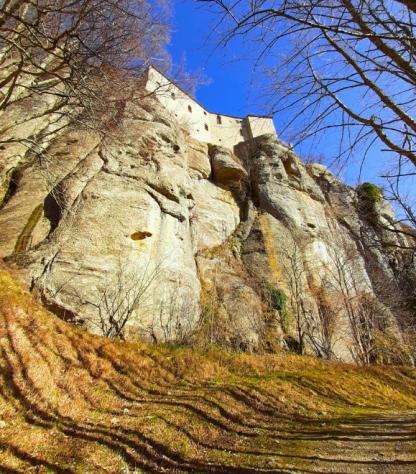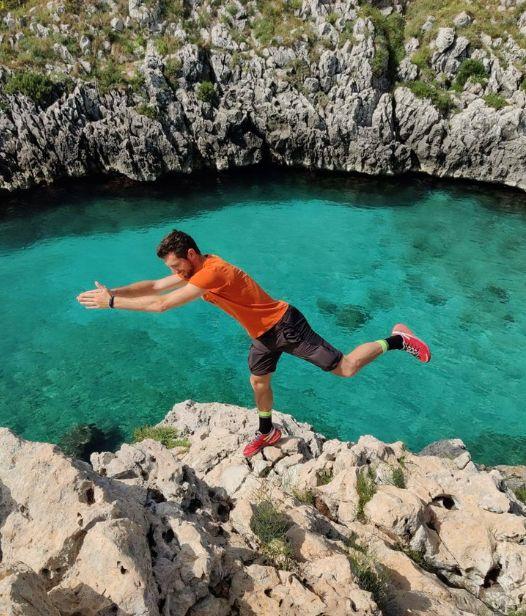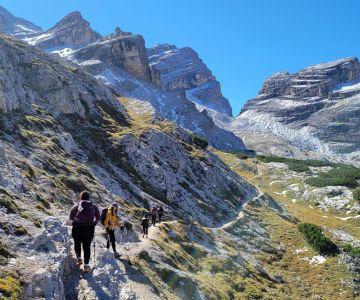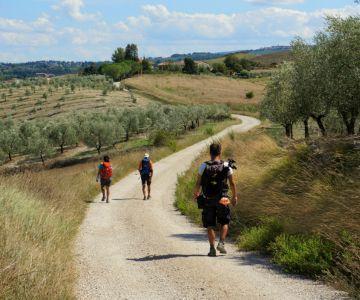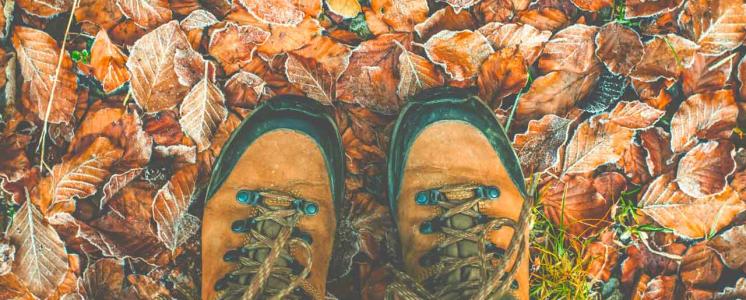How long is the Cammino di Francesco?
The Cammino di Francesco varies in length depending on the chosen route. The main trail, starting from La Verna and ending in Assisi, is about 180 km long and usually divided into 8-10 stages.
Our trips are normally 7 days long; we have split some stages to make them suitable even to less-trained walkers.
What is the difficulty level of the Cammino di Francesco?
The Cammino di Francesco's difficulty generally ranges from moderate to challenging. Some stages feature hilly terrains and mountain paths requiring good physical condition. It's recommended for experienced hikers or those with a solid fitness level.
What type of accommodations does your tour offer along the Cammino di Francesco?
Our clients stay in carefully selected bed and breakfasts and hotels during the journey, ensuring comfort and privacy with private bathrooms. These accommodations are integrated into the local context, offering an authentic and restful experience.
Is the St. Francis Way hiking trail well-marked?
Yes, the Cammino di Francesco is well-marked, with clear and frequent directions. The route is marked by specific signs, including the Tau symbol and arrows, making navigation easy along the way. It is really important to stick to the documentation we provide, as we have slightly changed the itinerary to skip long paved section, preferring unpaved
What should pilgrims bring on the St. Francis Way pilgrimage?
We recommend comfortable trekking attire, sturdy shoes, a water bottle, a hat, sunscreen, and a first-aid kit. Also, a comfortable backpack is essential to carry personal items during the daily stages.
What kind of landscapes are encountered along the 180 km of the St. Francis Way pilgrimage?
Across the St. Francis Camino, pilgrims will encounter a variety of breathtaking landscapes. The journey starts with the forests and hills of the Tuscan-Emilian Apennines, meandering through picturesque medieval villages, rolling countryside, and olive groves. The route also passes important historical and spiritual sites, including hermitages, monasteries, and churches, enriching the experience with a deep sense of history and spirituality. This diverse landscape offers not just a physical challenge but also a unique opportunity for contemplation and connecting with the nature and history of the area.
